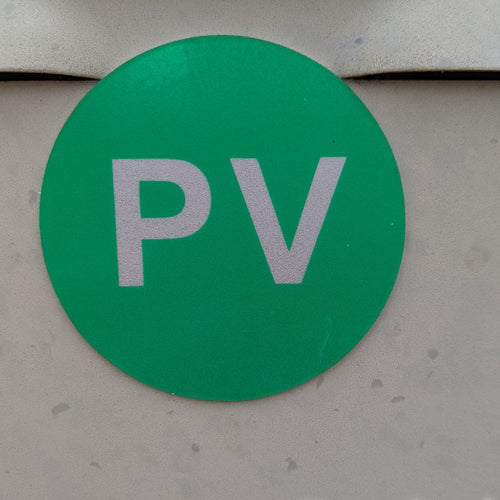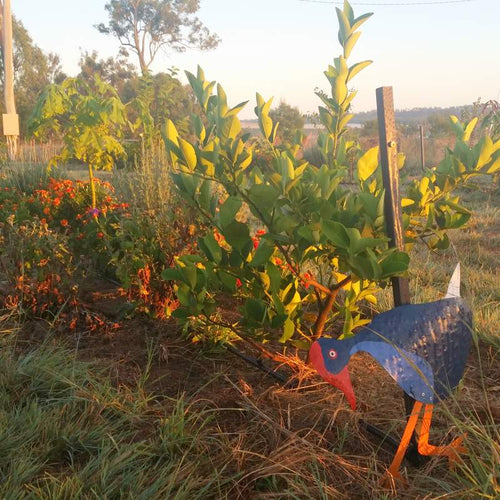Perennial plants and trees - a food forest
Saving seeds
Saving seeds from annual plants is a form of catching and storing energy and a very simple way to ensure that food can be grown year to year. Seed can either we saved directly by drying seed pods and keeping the seeds secure, or indirectly by simply letting plants go to seed and seedling to spring up again where the seeds fall. This is described in Masanobu Fukuoka's classic book "One straw revolution". I like to do a bit of both, I keep a small amount of seed for myself, I give lots away and I scatter the rest. Everything I know about saving seeds is here.
| leek seeds ripening |
Perennial plants
An important aspect of permaculture is to let nature do the work for you. One of the easiest ways to obtain food year after year is to plant perennial plants that do not need to be replanted and tended at the start of each season. The only work required is to harvest the fruit, roots or leaves (in One Straw Revolution, Masanobu talks about not even pruning the fruit trees!). My garden was originally designed around annual plants, but as I've learnt more about perennial plants, I've made space for them around the perimeter of the garden. I grow perennials such as sweet potato, jerusalum artichoke, strawberries, raspberries, lots of herbs in pots, arrowroot, comfrey and lavender. Fruit trees are also perennials, and at the moment I only have a lemon and a lime in pots and a very sad tangelo in the ground. I will be planting plenty more at Cheslyn Rise when we have water organised.
| raspberries and sweet potato in the background |
Non-food trees
Trees are a source of timber for building and fencing, firewood, shelter and fertility. Trees have deep roots and are able to bring various minerals to the surface to be available to other plants through leaf-drop. Contrary to popular farmer belief (and I have heard this one several times now), the trees do not "suck all the water away and stop the grass growing"!!! As Peter Andrew explains, the trees actually exert suction on the water table and raise water closer to the surface, so that it will be available to other plants. Why would they have such deep roots if they only take water from the surface where the grass roots are?! A good stand of trees, such as our small forest at Cheslyn Rise, will provide these needs indefinitely if it is well managed.
| we have lots of trees.... |
Food forest
A common permaculture technique is to plant many perennial plants together in a "food forest" that mimics natural forest conditions. This means fruit trees, bushes, herbs, ground cover and root crops all growing together, arranged so that each can take advantage of different root depths and mineral requirements. When it is well-established poultry, and eventually larger animals, can forage in the food forest to clean up fallen fruit.
Self-seeding annuals can also be incorporated in the food forest. The type of forest will depend on the climate and micro-climate. In tropical areas, the food forest can be densely planted with tropical fruit trees. I think in our climate I will be growing more temperate fruit trees and they will need to be spaced so that they get enough sun.
How do you ensure that you plan to catch and store energy from plants in your garden/farm?
Find out more about Permaculture using these books (affiliate links):
And the other posts in this series:





















Leave a comment